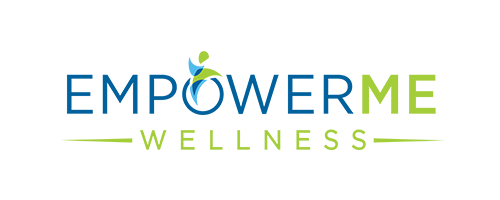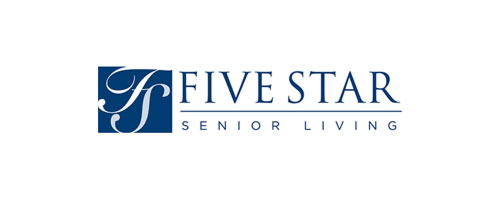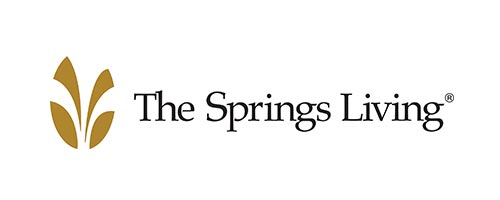Articles
The Journal on Active Aging brings articles of value to professionals dedicated to older-adult quality of life. Content sweeps across the active-aging landscape to focus on education and practice. Find articles of interest by searching the article archives in three ways: Enter a keyword in the articles search bar; click on search by topic; or type a keyword or phrase in the general search bar at the top of the page.

Muscle imbalances in older adults: improving posture and decreasing pain by Phil Page
The word posture automatically makes us sit up straight. We remember being told as children to mind our posture—keep the shoulders down, back erect, head lifted and stomach pulled in. Most of us didn’t know at the time that posture affects our health.
Good posture is associated with proper skeletal alignment (Kendall et al., 2005). Our bones must be aligned correctly for our muscles, joints, ligaments, nerves and internal organs to function well. Unfortunately, human posture changes throughout the life span—most times worsening with age.
Physical wellness

Get organized to save time and decrease stress by Debra J. Schmidt
Clutter and disorganization chip away at your productivity. Do you find yourself shuffling the same pile of papers around on your desk day after day? Every time you move that pile, you’ve wasted time. Every action such as moving it, digging through the stack to locate a document or re-reading previously read material eats up your time. The more time you waste, the higher your stress level.
moreLeadership

Count the steps to motivate walking By Patricia Ryan
Walking requires little equipment and provides lots of health benefits. You can facilitate walking by helping the older adults you work with use two tools: a step counter (pedometer) and a walking log. These tools are inexpensive and, with your guidance, a great way to start walking or to increase steps. In this article, you'll learn how to use step counters and logs to increase walking. The Client Handout features a walking log to copy for your participants.
moreWalking

What is functional movement? By Michael E. Rogers, Ph.D. and Phillip Page, M.S., P.T.
The buzzword "functional" has been loosely used in exercise training programs to describe exercises that are relevant to specific functional activities that we perform on a daily basis (known as "activities of daily living" or ADLs).These ADLs may be "basic ADLs" such as eating, grooming and bathing or "instrumental ADLs" such as mobility, gait and transfers. Higher levels of functional activity include specific tasks that are required for work or participation in recreational activities, such as swinging a tennis racquet.
moreFunctional training

Effective news releases by Brigid Sanner
A mainstay of most communications and marketing programs, the news release allows health and wellness groups to control the information they issue to the media. Through this vehicle, an organization can decide what it wants to say, when it wants to say it, and to which media outlets it wants to direct its news. Yet sending out a release does not always lead to media interest or coverage. Also, once sent, a news release can sometimes take on a life of its own. As a result, an organization may feel a loss of control over how the media decide to cover this news.
moreMarketing

Case study: exercise after hip replacement surgery by Lori Chaplin, M.A., C.S.C.S.
There are a variety of reasons why a person may need hip replacement surgery. The most common, according to the National Institute of Arthritis, is simply that the hip is worn out--osteoarthritis is the number-one reason for hip replacement. The American Academy of Physical Medicine and Rehabilitation warns us to expect a 60% increase in surgeries over the next 30 years.
more































